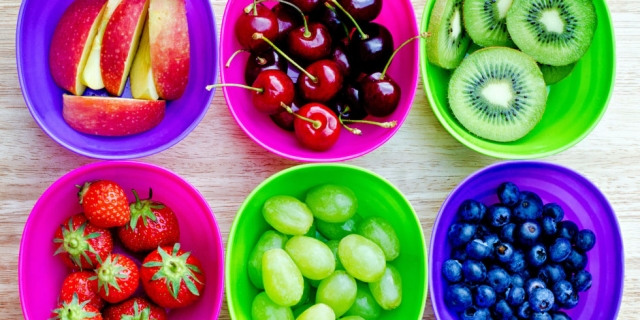Strawberries top this year’s list of dirtiest produce, according to a report from Environmental Working Group (EWG), which uses data collected by the U.S. Department of Agriculture and Food and Drug Administration (USDA) to rank the 12 most contaminated conventionally-grown fruits and vegetables and the cleanest 15 safest.
The 2016 dirty dozens comes in this order: Strawberries, apples, nectarines, peaches, celery, grapes, cherries, spinach, tomatoes, sweet bell peppers, cherry tomates and cucumbers.
While clean fifteen were listed as: Avocados, sweet corn, pineapples, cabbage, sweet peas (frozen), onions, asparagus, mangos, papayas, kiwi, eggplant, honeydew melon, grapefruit, cantaloupe and cauliflower.
Apples topped the EWG’s dirty list for what seems like forever, strawberries took the lead this year as the all-time dirtiest fruit: 98 percent of samples contained at least one kind of pesticide, with the dirtiest sample serving up to 17 different kinds.
The EWG blames growers for trying to make the seasonal berries more affordable year-round, resorting to potentially dangerous chemicals, like carbendazim, a fungicide which was banned overseas because it’s thought to disrupt hormones; bifenthrin, an insecticide that’s a suspected carcinogen; and malathion, an insecticide that’s considered a potential carcinogen.
This year’s report was based on more than 35,200 samples of the 48 most popular kinds of produce, that were assessed after been thoroughly cleaned.
It means that the dirty ones could harbor pesticides linked to awful things like cancer and hormonal issues, plus bacteria that makes one sick.














